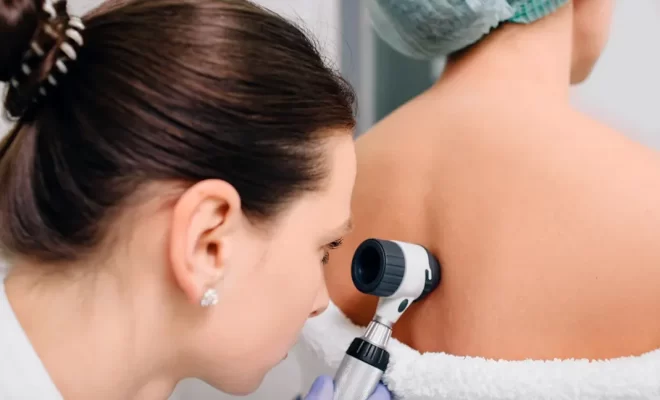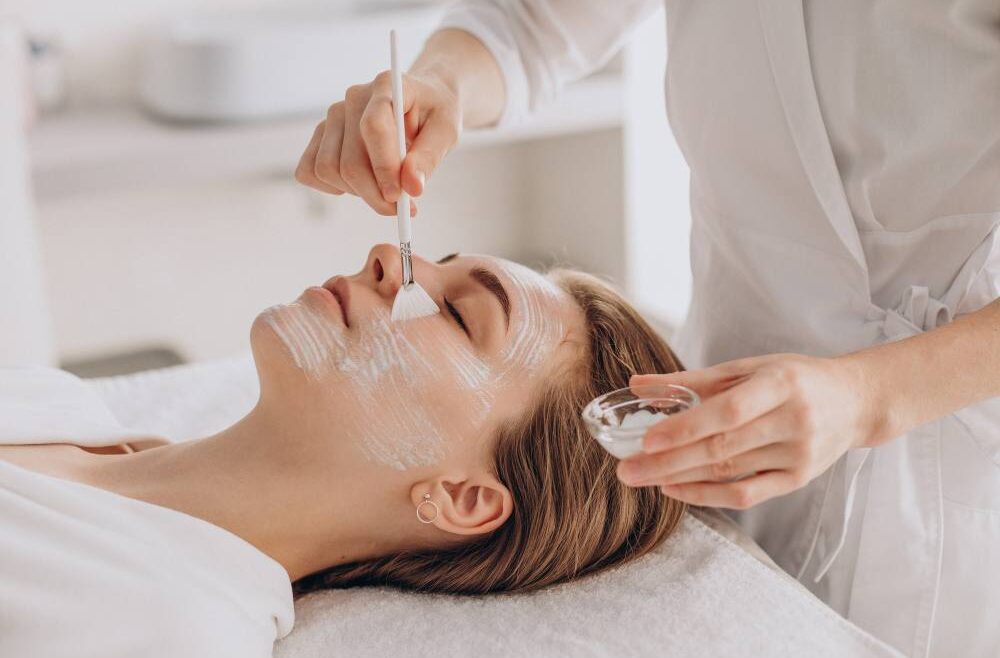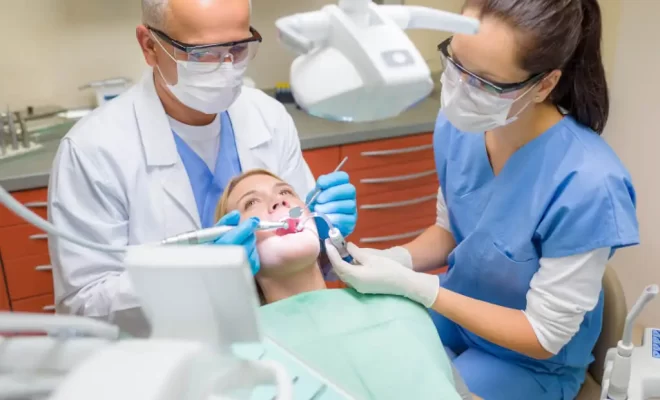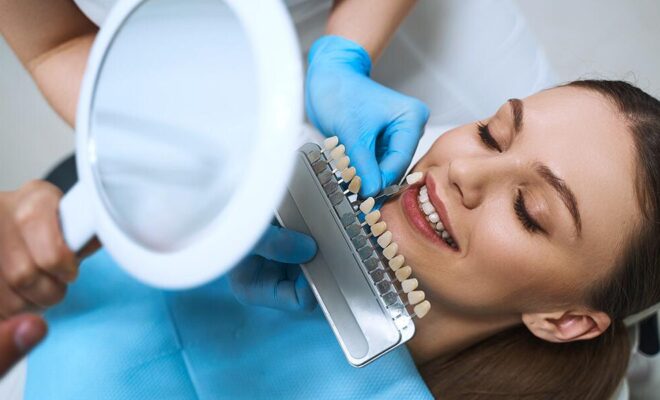How Dermatologists Help In Treating Keloids And Hypertrophic Scars

Keloids and hypertrophic scars can affect anyone. They occur when the skin heals after an injury, but the process goes into overdrive. These scars can become raised, thick, and sometimes itchy or painful. Dermatologists offer effective treatments for these skin concerns. They provide options like corticosteroid injections, laser therapy, and surgery. Treatments such as Fraxel Upper East Side have become popular for improving skin appearance. Understanding these methods helps in choosing the right path for smoother, healthier skin.
Understanding Keloids and Hypertrophic Scars
Keloids are more than just a cosmetic issue. They extend beyond the original injury site. Unlike hypertrophic scars, which stay within the wound’s boundaries, keloids continue to grow. This growth can happen long after the wound has healed.
Common Dermatological Treatments
Dermatologists use several proven techniques to manage these scars:
- Corticosteroid Injections: These reduce inflammation and shrink the scar. They are often the first line of treatment.
- Laser Therapy: This helps to flatten and fade scars. It’s particularly effective for hypertrophic scars.
- Surgery: In some cases, removing the scar tissue is necessary, especially for keloids. This is often combined with other treatments to prevent recurrence.
Advanced Laser Treatments
Laser treatments like Fraxel are gaining attention. They work by targeting scar tissue with precise laser energy. This encourages new skin growth, improving the scar’s texture and color. The National Institute of Arthritis and Musculoskeletal and Skin Diseases provides more insights into these methods.
Comparing Treatment Options
| Treatment | Ideal For | Pros | Cons |
|---|---|---|---|
| Corticosteroid Injections | Both Keloids and Hypertrophic Scars | Reduces size and discomfort | Multiple sessions needed |
| Laser Therapy | Hypertrophic Scars | Non-invasive, effective | Can be costly |
| Surgery | Severe Keloids | Removes large keloids | Risk of scar recurrence |
 Prevention and Care
Prevention and Care
Preventing these scars starts with proper wound care. Keeping a wound clean and moisturized can help. Using silicone sheets or gels during healing may also reduce scar formation. The American Academy of Dermatology suggests these practices as effective ways to manage scarring.
Choosing the Right Treatment
Choosing the best treatment depends on the scar’s type and severity. Dermatologists evaluate each case to suggest the most effective option. Early treatment can make a significant difference in the outcome. Consulting a dermatologist soon after noticing abnormal scar growth is crucial.
Conclusion
Understanding the available treatments for keloids and hypertrophic scars can empower informed decisions. Dermatologists provide essential guidance and treatments tailored to individual needs. With options ranging from injections to laser therapy, achieving healthier skin is within reach. Seeking professional advice ensures the best approach for managing these challenging scars.








